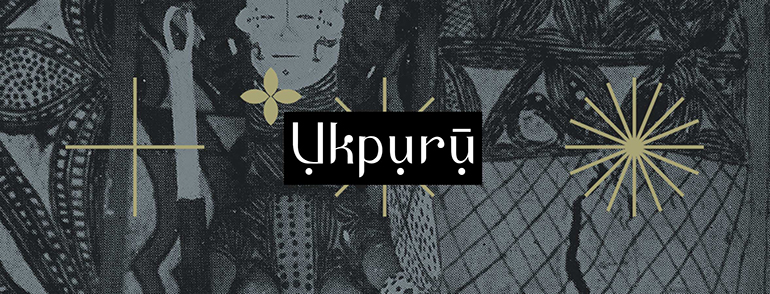
Plain woven raffia cloth (mkpuru?) taken from the Igbo ('Eboe') country by William Baikie before 1856. British Museum. The first Igbo textile is ajị, beaten bark cloth. Before the 9th century CE weaving was done with vegetable fibres and, from an unknown date, local cotton.
Several areas of the Igbo country grew their own cotton, sometimes cotton was also gotten from the Igala and Idoma. The cotton was locally spun and dyed. Igbo people used narrow cloths as loin cloths to cover the needed areas when they reached maturity.
A lot of the weaving now uses imported machine-made and coloured yarn which is the case for all Akwete weaving today and for the Nsuka ori cloth. These yarns are supposedly more colourful and have a greater variety of colours.
Before these textiles, the body was likely covered with skins and interwoven leaves and other vegetable fibres. Many of these textiles were and are still used, often times ceremoniously, along with cotton textiles.

No comments:
Post a Comment